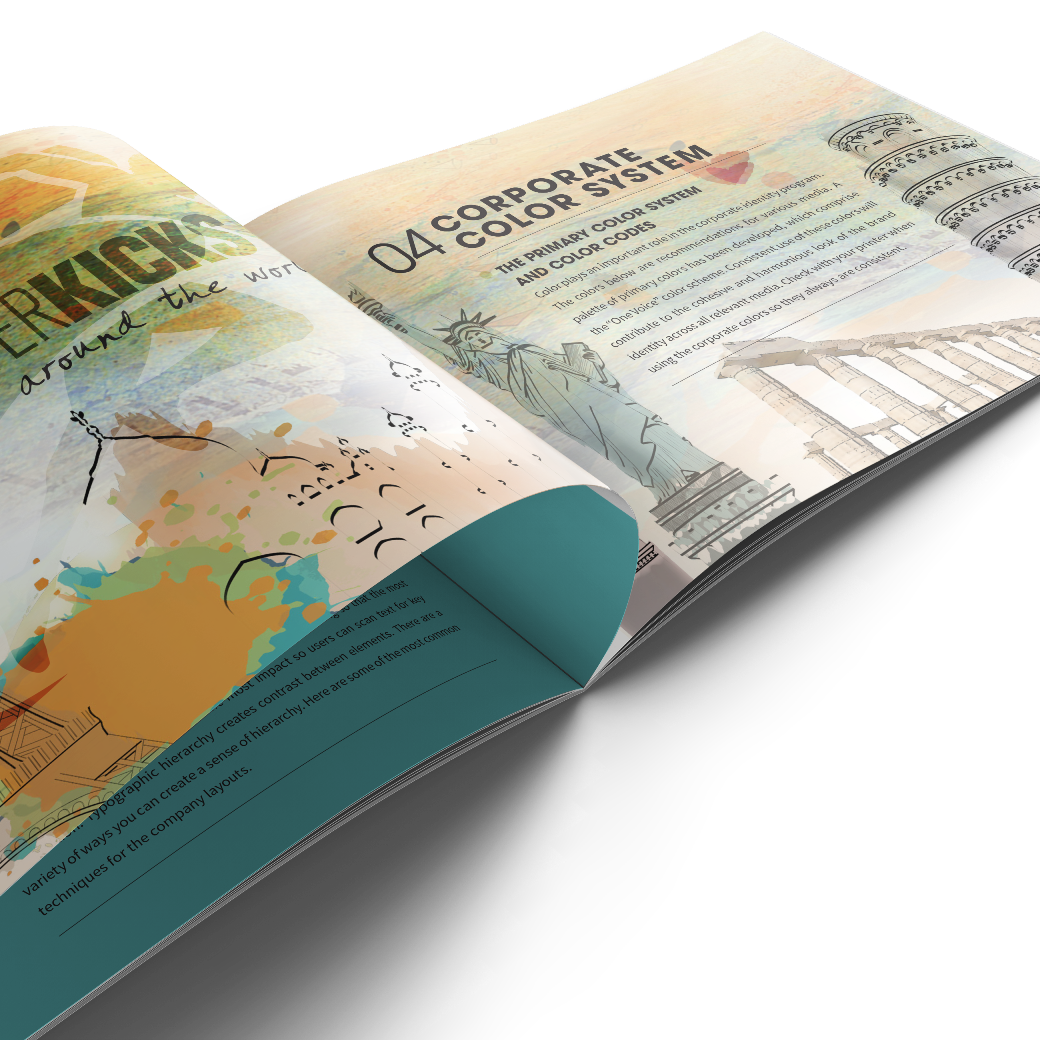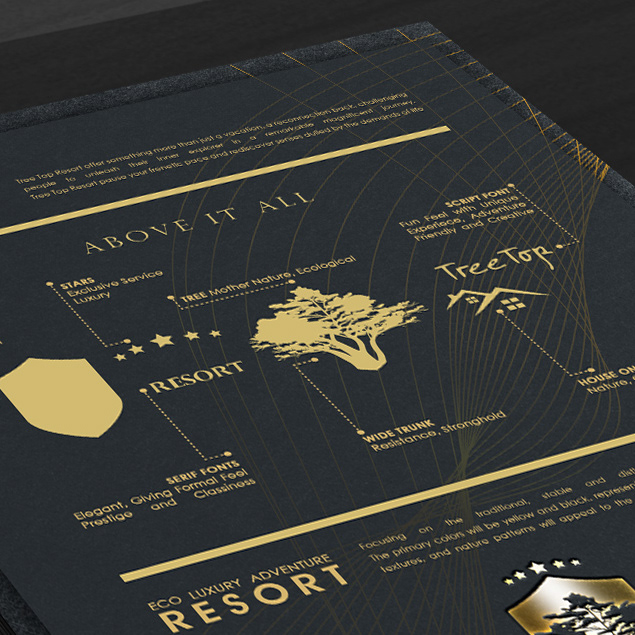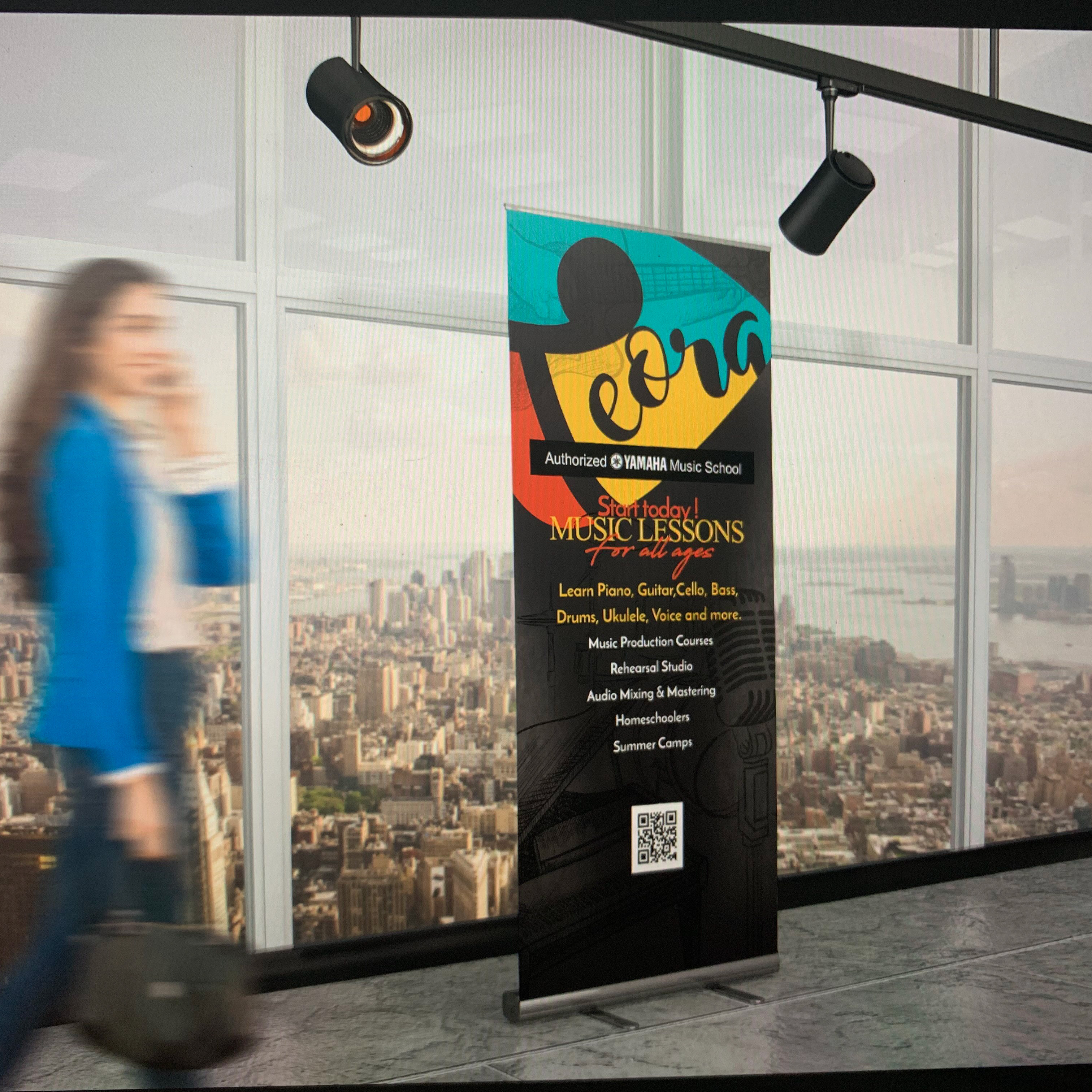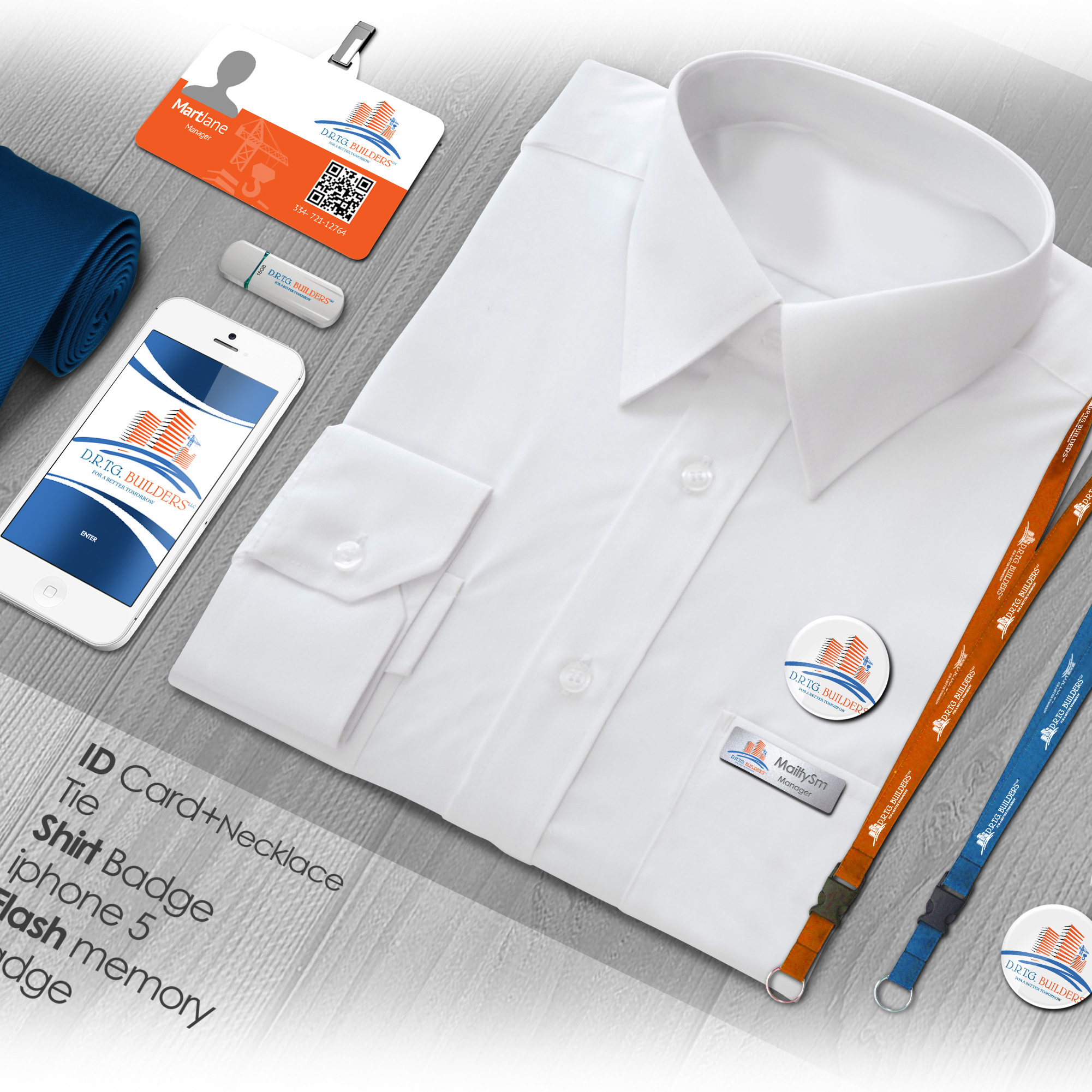Differentiation between Movements
In order to understand when, where, and why the Digital Revolution came about it’s important to take a look at past design history and its influences. For most of the 1900’s design layouts were drawn by hand in order to visualize a design. Type was from a typesetter and images were assembled in position on heavy paper for photographic reproduction and plate making. But by the late 1990’s the digital revolution took over this process, and the design world became completely digital. During the 1960s and ’70s, American graphics from the New York area, as well as European graphics from the International Typographic Style, influenced designers around the world (Encyclopedia Britannica, 2015).
Over the course of the 1980s and early ’90s rapid advances in digital computer hardware and software radically altered graphic design history. It was in this last quarter of the century that graphic design was changed forever. It became known as the “Digital Revolution” per the introduction of the personal computer. The entire design industry was about to be revolutionized.
The revolution was foretold by the introduction of the Macintosh computer in 1984, a bitmapped graphics interface, and a device called a mouse. Software for Apple’s 1984 Macintosh computer, such as the MacPaint™ program by computer programmer Bill Atkinson and graphic designer Susan Kare, had a revolutionary human interface. The mouse invention by Douglas Englebart made the computer usable by just about anyone and that was what drew designers to move to the computer medium rapidly (Encyclopedia Britannica, 2015). In 1983 Ivan Sutherland was the first person to create sketchpad software that enabled a person to interactively create an image on a computer display. The first readily available laser printer was introduced in 1985 by Apple Computer. With this new printer fonts could be digitally reproduced. "Paint” programs, while still rudimentary, were also available to the general public.
By 1990 color computers had changed the face of graphic art and communication. The Postscript™ page-description language from Adobe Systems, Inc., enabled pages of type and images to be assembled into graphic designs on screen. By the mid-1990s, the transition of graphic design from a drafting-table activity to an onscreen computer activity was virtually complete. Everything from photography to type design was affected by this tremendous change in the industry. A whole new area of graphic-design activity mushroomed when Internet commerce became a growing sector of the global economy, causing organizations and businesses to scramble to establish websites. The birth of digital revolution was now fully complete.















